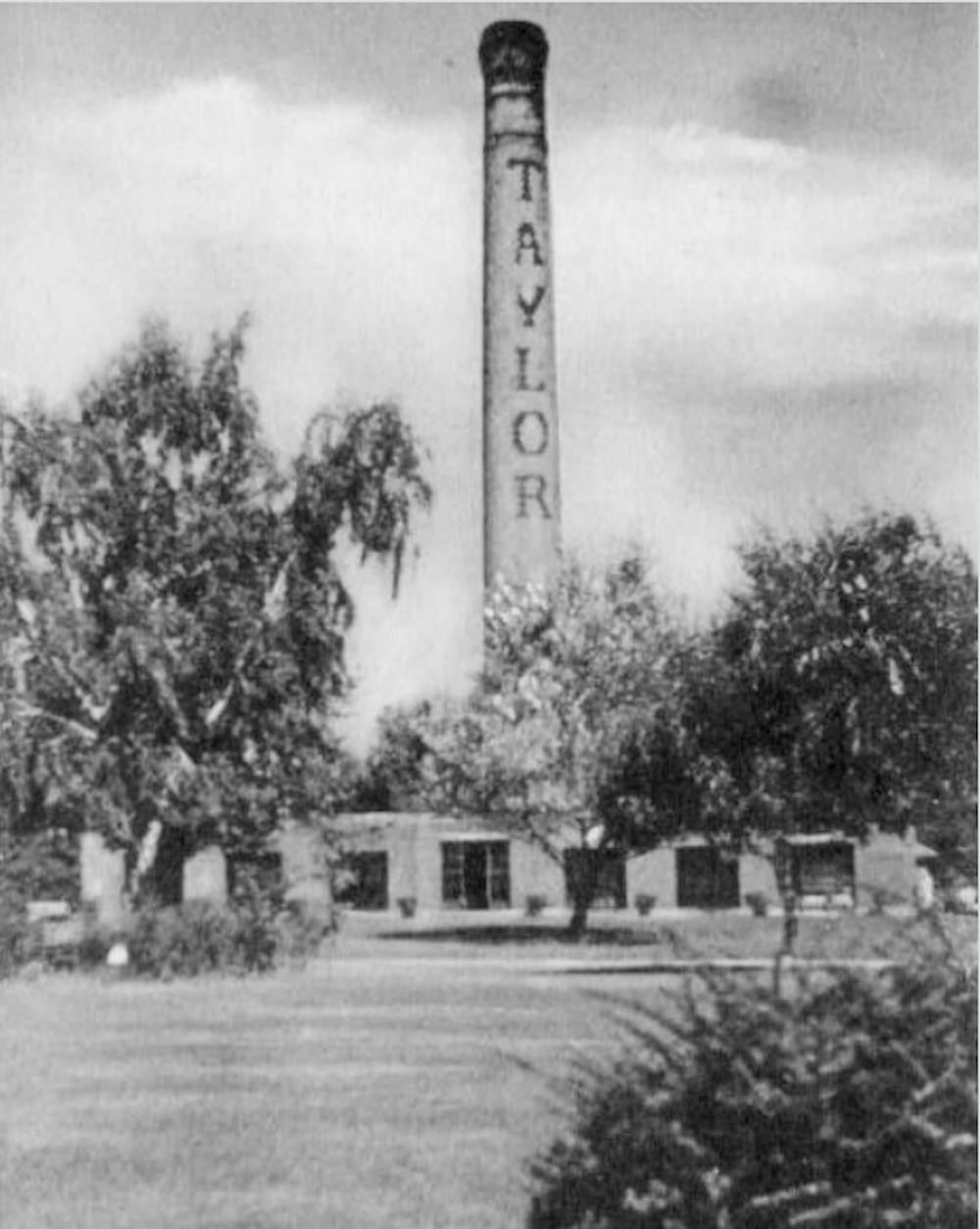A main conspiracy heard on campus is whether or not Taylor University has tunnels running underground. This is, in fact, true.
Gregg Holloway, director of facilities services, confirmed this.
“Tunnels do exist,” Holloway said. “They were created to provide a pathway for steam/hot water piping that fed all of the buildings on the original areas of campus (north of Ayres).”
According to Holloway, the tunnels are small; about 5 feet in diameter and are constructed out of brick.
Currently, there may be a few IT lines being run in the tunnels, but Holloway is not absolutely sure.
Upon doing some searching, there are a few documentations of the tunnels in the Taylor archives.
The first mention is found in an edition of The Echo from February of 1950.
“The steam tunnel cave-in on the south side of the campus has been reconstructed and work is almost finished,” the article said. “Three hundred blocks were used to build up the tunnel wall. Forms were made and the cement was poured for the roof. After a general inspection of all steam tunnel areas, proper bracing will be given to those areas that are weak.”
In an April 2016 article from The Echo, many students sought to set the record straight about a few Taylor rumors.
According to this article, there used to be three Taylor tunnels that ran underneath campus.
“Originally they were part of an innovation all across America when electricity replaced kerosene lanterns and gas fixtures for lighting, and steam heat replaced wood and coal stoves for heating buildings,” Jay Kesler, president emeritus, said. “Taylor built a heat plant with a coal-fired boiler to produce steam. The smokestack was there to release smoke high enough that it would not have to be inhaled.”
With newer advancements to campus, like computers in the 1980s, the tunnels were used mainly through convenience.
Scott Bragg, superintendent of maintenance in 2016, said that when Taylor started to go with computers, the tunnels were used to run cabling from building to building.
As of 2016, there are only two tunnels remaining under the campus.





